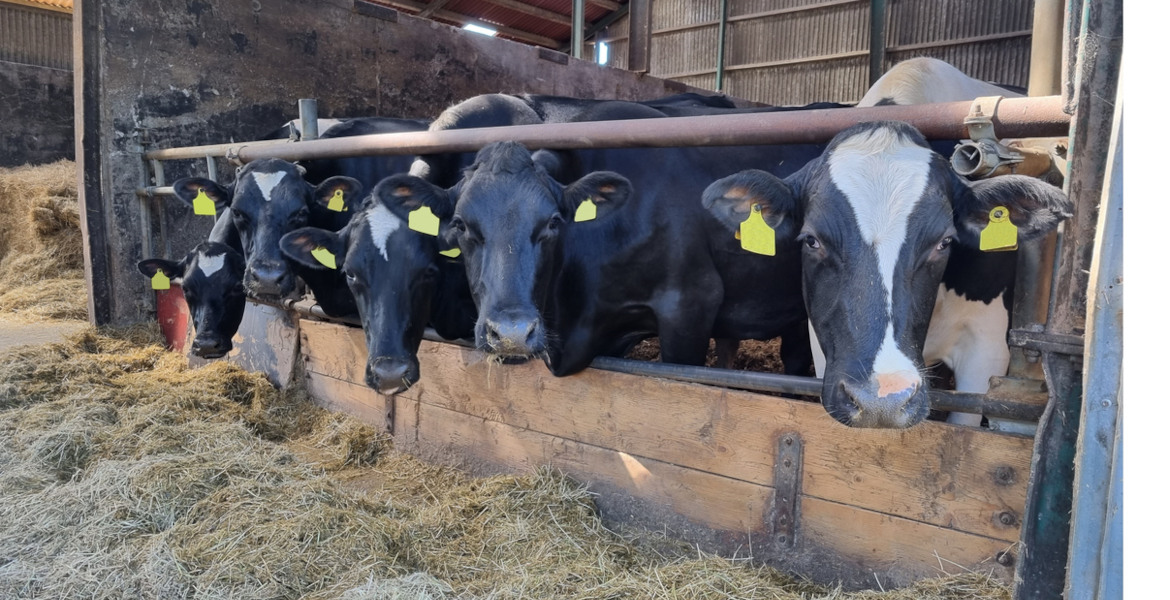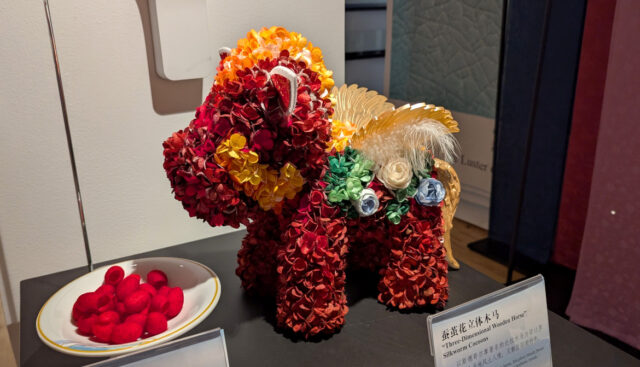A Viking ship has been found at Jarlsberg Manor in Norway. Archaeologists believe it may have been a ship grave for a Viking king.
In 2018, a metal detector survey began at Jarlsberg Manor in Norway, the historic home of the Wedel-Jarlsberg family and the Count and Countess of Jarlsberg, who headed the county of the same name. Using the metal detector, the archaeologists found rivets that could indicate that a Viking ship was buried at the manor.
After two weeks of digging, it was determined that there was indeed a Viking ship there.
– We can now say for certain that yes, here lie the remains of a Viking ship. This discovery adds a new landmark to the map, once a significant site during the Viking Age, excavation director Christian Løchsen Rødsrud told Science Norway.
The archaeologists found 70 rivets during the excavation, but the metal detector returned so many that they believe the ground contains hundreds, if not thousands, of rivets. These rivets could have held together planks about an inch thick, suggesting they were part of a large ship. However, some of the rivets were horse crampons, nails attached to a horse's hooves to allow it to walk on icy surfaces.
– Finding horse crampons in the material suggests that the rest of the grave goods are also in the field, he says.
The son of Harald Hårfager?
Archaeologists believe that this may have been a ship grave for the Viking king Bjørn Farmann, but it is still unclear who is buried on the ship. According to Snorri's sagas, Bjørn Farmann, son of Harald Fairhair, was killed by his brother Erik Blodyx on the farm Sæheimr around 934. This is now the village of Sem, close to Jarlsberg Manor.
– It would’ve been exciting to find out more about the person buried here, says the archaeologist.
However, the archaeologists are not surprised by the find. 100 years ago, archaeologist A.W. Brøgger found another grave nearby, and he was convinced that there was a ship buried somewhere in the area.
– It is not overly surprising that a Viking ship would have been buried at Jarlsberg, as the site is part of a rich cultural landscape with many burial grounds, indicating a place of importance, Rødsrud told All That's Interesting.








